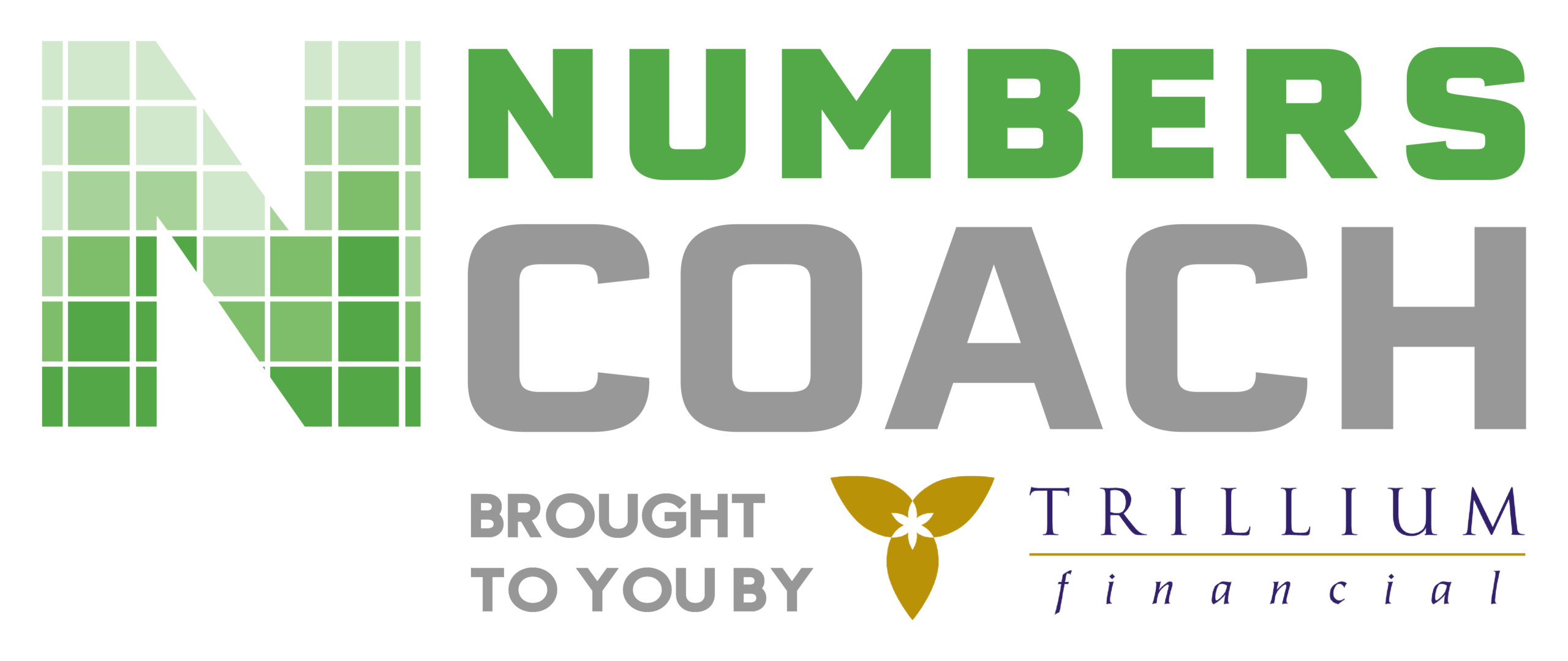by Anne Moore Odell
Is that a ray of sunlight peeking through the economic clouds? Yes, banks are still lending to small businesses. True, loans aren’t as easy to secure as they were three years ago. But businesses that are willing to work to show their ability to repay lines of credit and loans are still getting financial support.
“Things are starting to loosen up,” says Mike Iverson, CEO of Trillium Financial. “Bankers are opening their doors again.”
Banks are getting back to the basics of lending. As a business owner, this means you need to re-familiarize yourself with these basics and make sure your business is ready to request that loan.
Sailing through the Five “Cs”
The “Five Cs” of business credit are more than a banking concept learned in business school. As banks pull back their lending reins, they are investing more time to learn about their clients’ businesses before lending.
“Banks are really looking at lending from a basic banking process,” explains Iverson. “They’re not going to take the same risks they were before. Banks are monitoring loans downstream. Before, some loans were unmonitored, but as businesses want to renew their loans, many banks want to see more information on a more regular basis. You’ll be hard pressed to see unmonitored loans of a million dollars anymore. Even much smaller loans are being monitored quarterly.”
With your business loan application in hand, the bank’s lending committee will examine how well your business can repay its loans according to five critical factors:
- Character. The lender is looking at you both as a business owner and a manager. Your character includes your personal financial history, reputation, and, importantly, your relationship with your lender.
- Collateral. Both business and personal collateral. More banks are asking for business owners and partners to sign personal guarantees so that loans are secured at an acceptable margin.
- Capacity. More than ever, banks require you to demonstrate your capacity to repay the loan. Although the recession has changed and often slowed down cash flow, lending committees must be convinced that your business has the liquidity and cash to repay on time.
- Capital. By supplying current, in-depth and correct financial information to your bank, a lender can understand that your business has the capital structure to survive and thrive in these tough economic times.
- Conditions. You also need to show that you understand the conditions of your industry, the economy and other factors that could impact your ability to repay the loan.
Communication is Key
Be upfront on your application and honest with your banker on where and when risk could occur. Communicate your business plans and clearly explain to your banker how you plan to use the borrowed funds. Once you have your secured your loan, keep the lines of communication open between yourself and your banker.
“If you have bad news you need to tell your banker ‘here is the issue, here is how I plan to address the issue,’” says Iverson. “If they get surprised, they get worried.”
Filling out a loan application and talking to your banker shouldn’t be an angst-filled experience. The irony is that when you don’t need a loan, when your cash flow and income are high, it is the best time to apply for one. “You get the loan, you use it, you pay it back it back, and you show the bank that you have the management and cash flow to do it,” adds Iverson.
Even in these tough times there are lenders ready to loan money to well-run businesses. Remember the five “Cs” and always communicate with your banker in good times and bad times.
